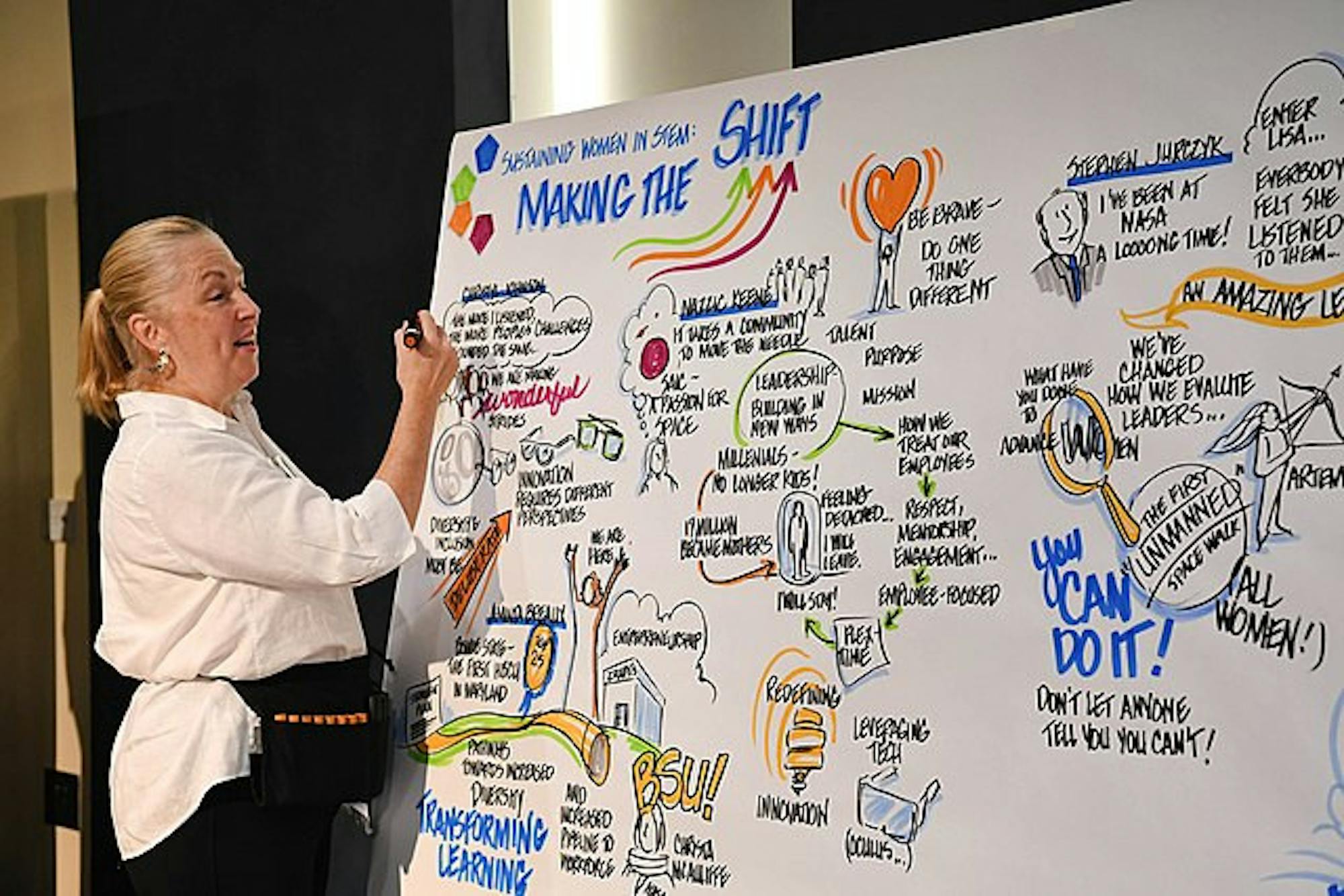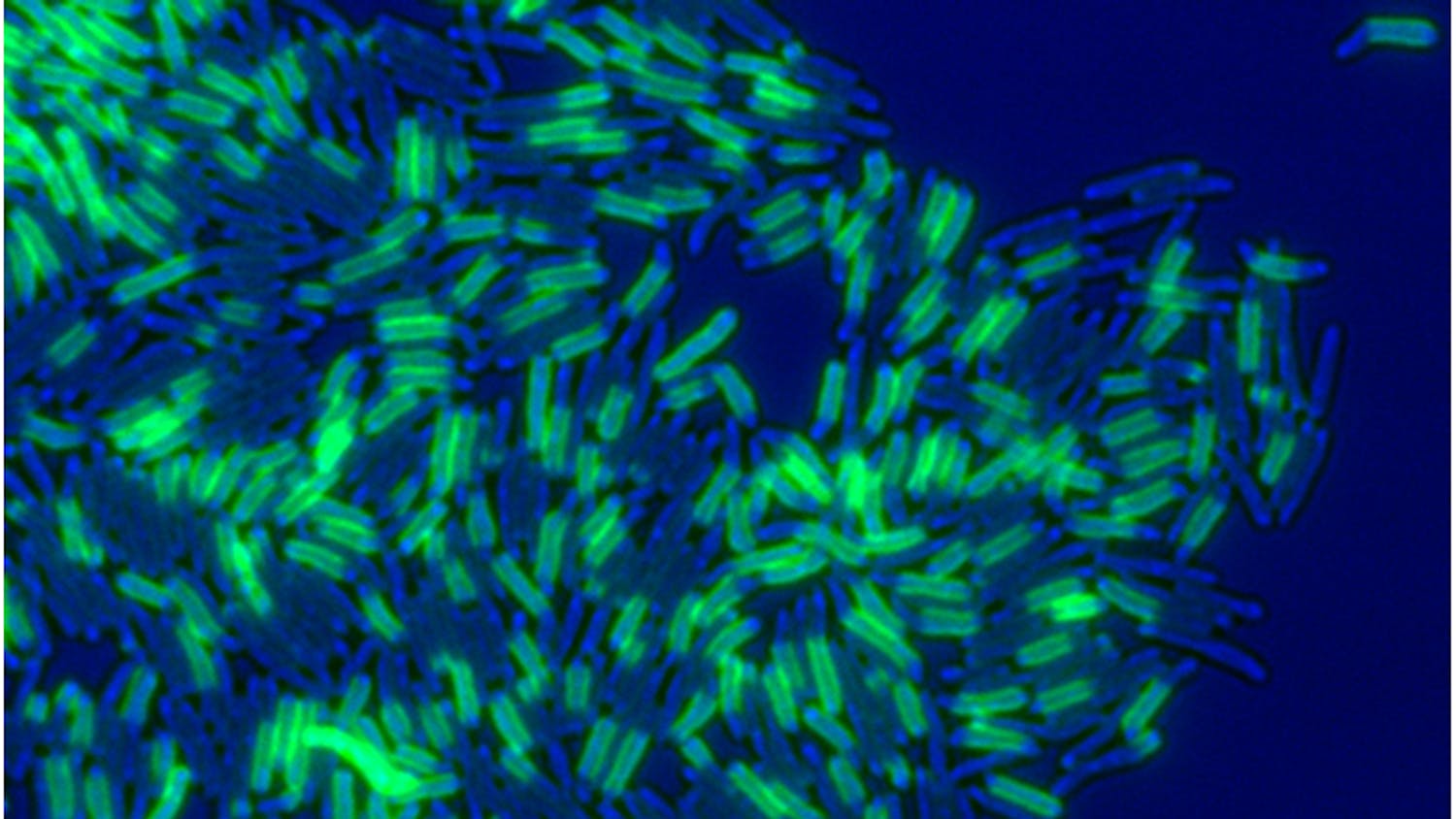Maybe you’ve heard about the lack of female representation in science, technology, engineering and mathematics disciplines or the gender pay gap that still lingers in many STEM fields today. However, a gender equity issue in STEM that gets talked about a lot less frequently is a phenomenon known as the citation gap.
This refers to the gender disparity in the academic sciences between how frequently research done by women gets cited versus how frequently research done by men does. Although this occurs in many of the modern fields of STEM, a particular field in which it has been observed is physics.
The over-citation of male-authored physics papers and under-citation of female-authored physics papers is not limited to the United States. It is particularly concerning that this citation imbalance has been seen in physics because that discipline, in particular, continues to lag behind many other STEM fields on a variety of gender equity measures: the awarding of undergraduate and doctoral degrees to women by both U.S. and international institutions, the proportion of female faculty in numerous countries and the rate of publication by women globally.
Each individual act of ignoring a woman’s scientific accomplishments might be conscious or subconscious in nature, but regardless, these acts can collectively be detrimental to women. The phenomenon as a whole erases women from the narrative we build of the history and future of scientific progress and contributes to harmful stereotypes about who can be a good scientist.
This, in turn, contributes to a cyclical process in which young girls internalize these stereotypes and feel less motivated to pursue a potential interest in science, resulting in further exclusion of women from the field. This all goes to show the importance of actively seeking to mitigate this issue, which can include adding citation diversity statements to papers and consciously increasing the amount of women authors a journal publishes.






